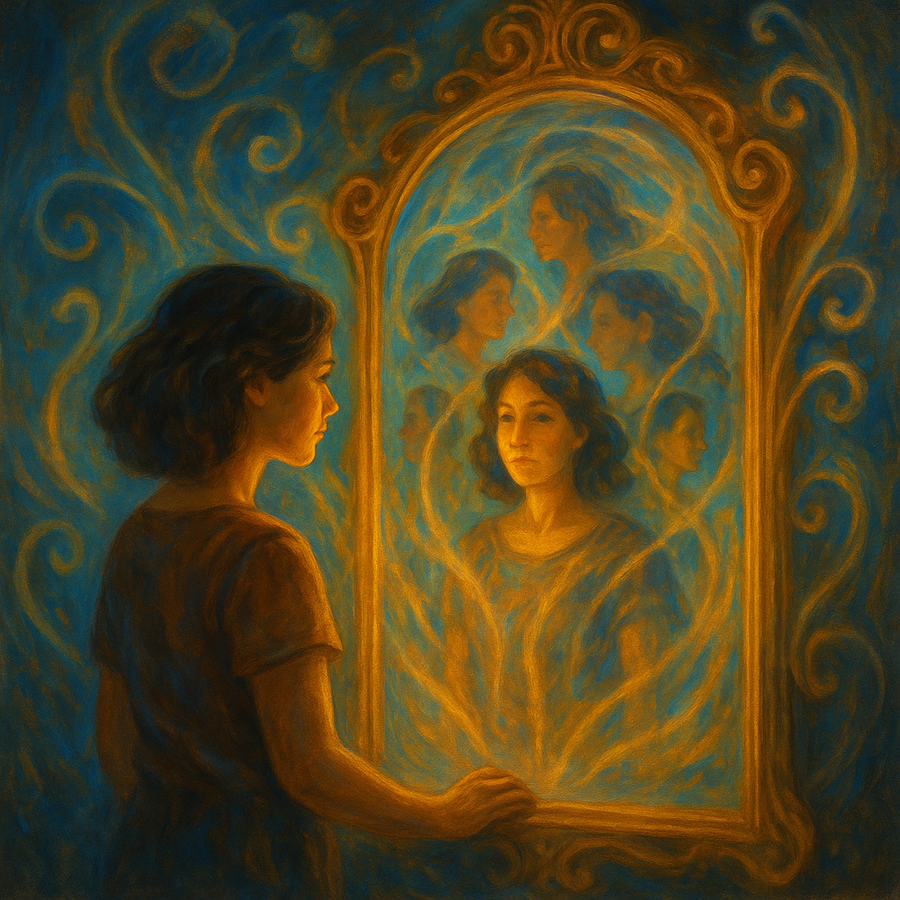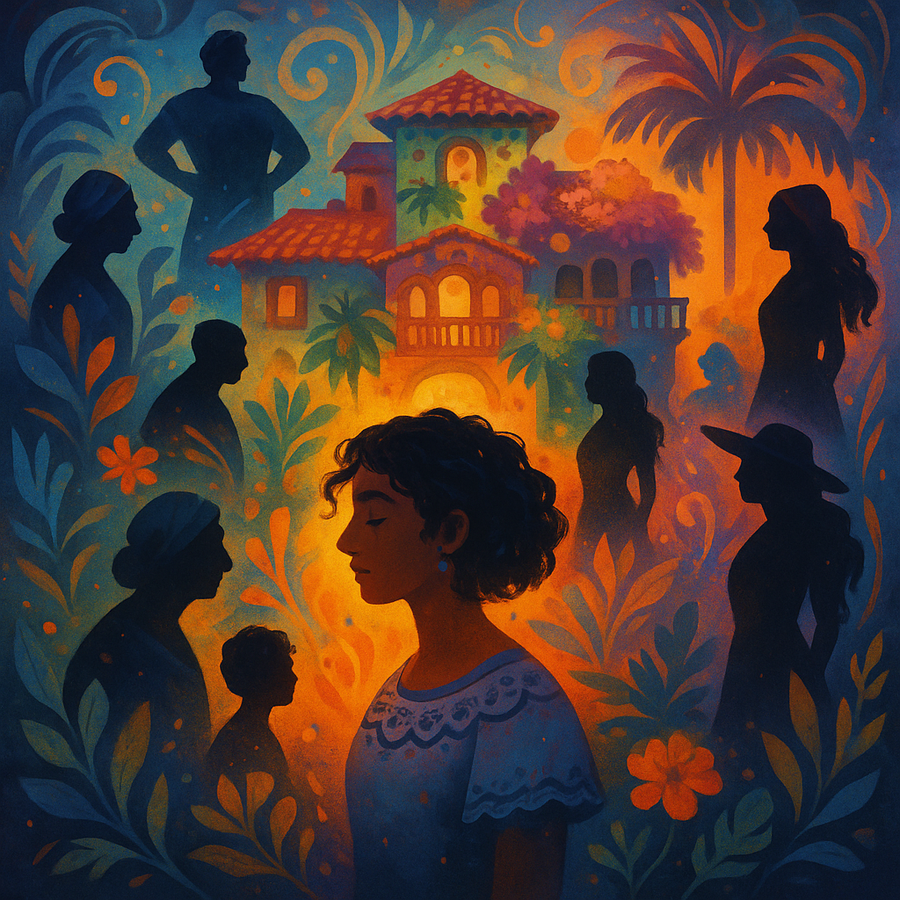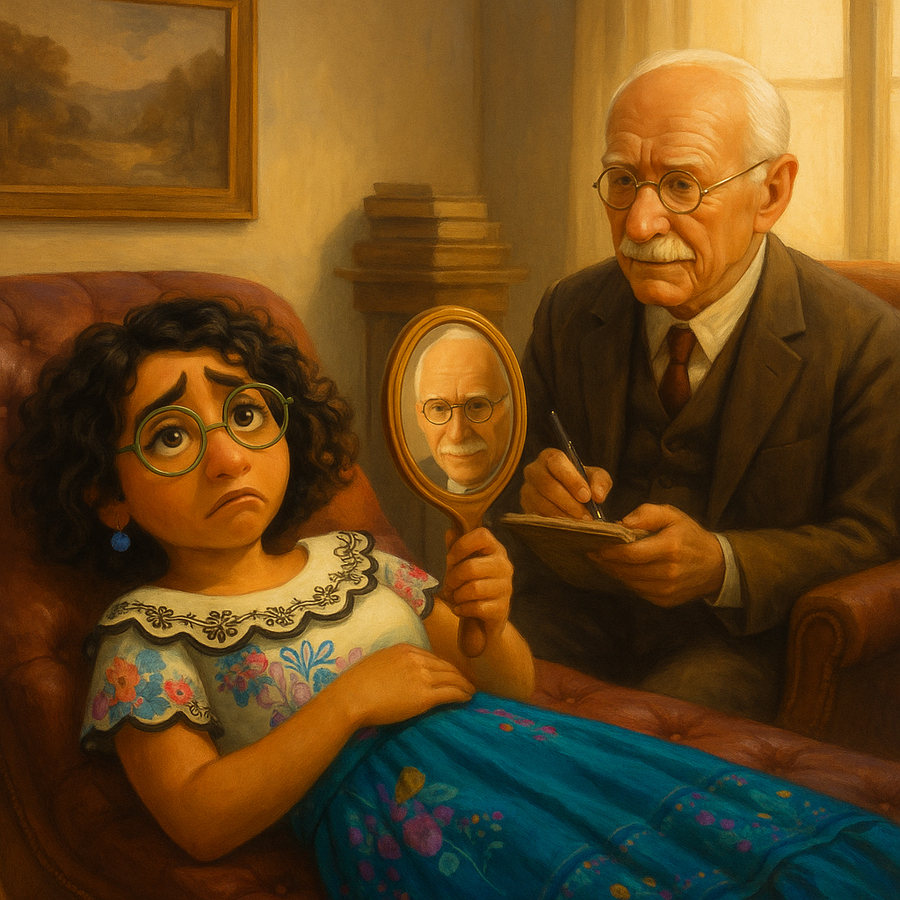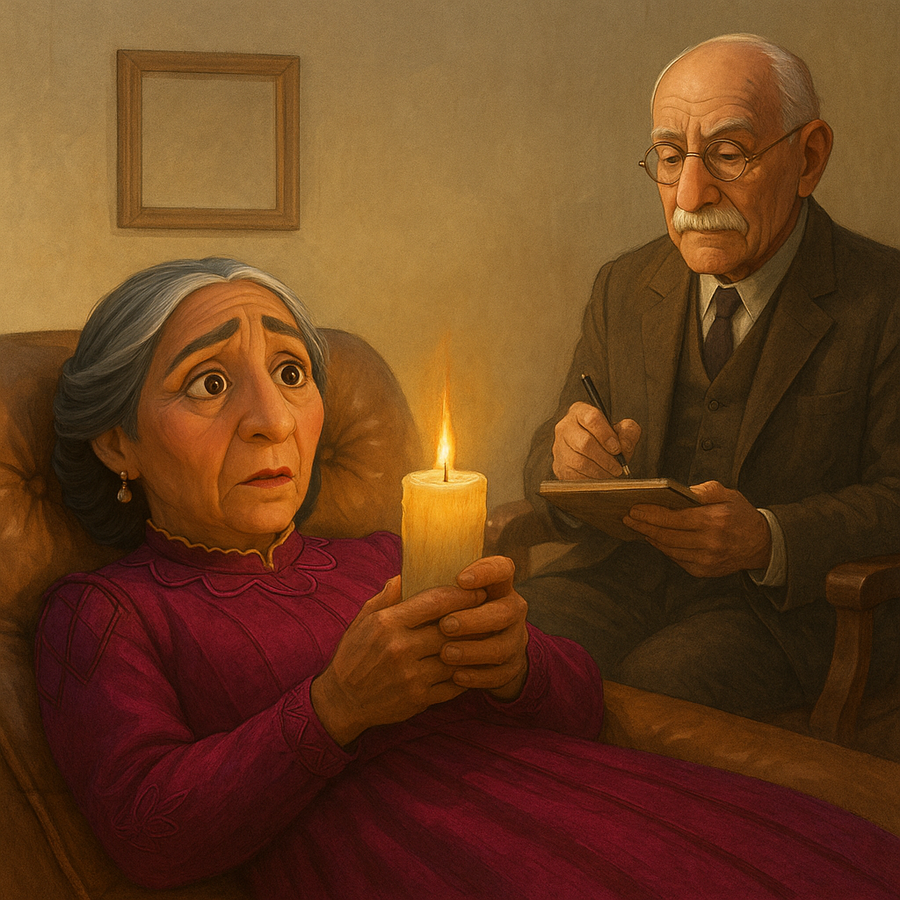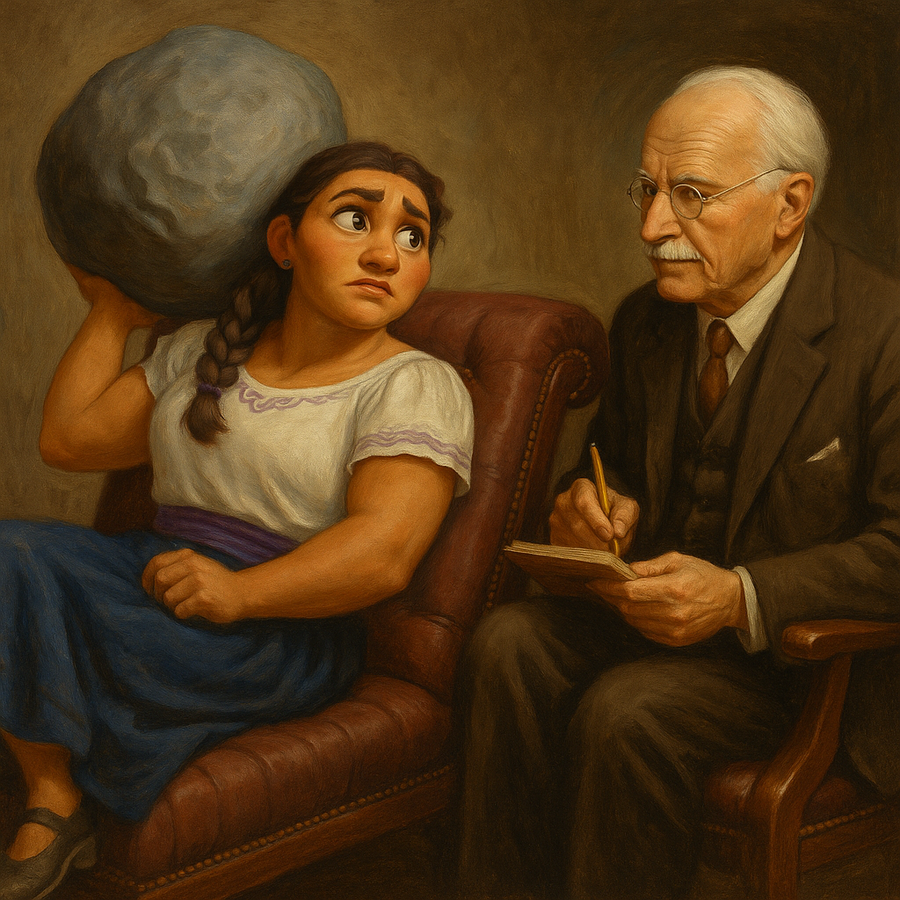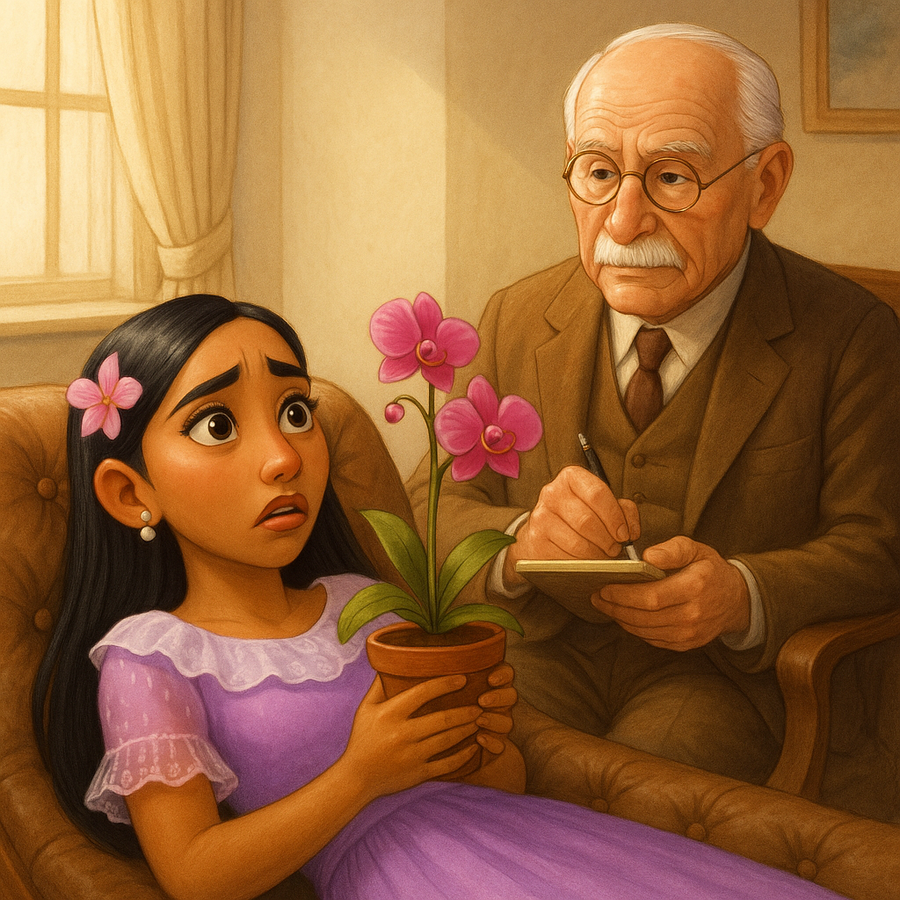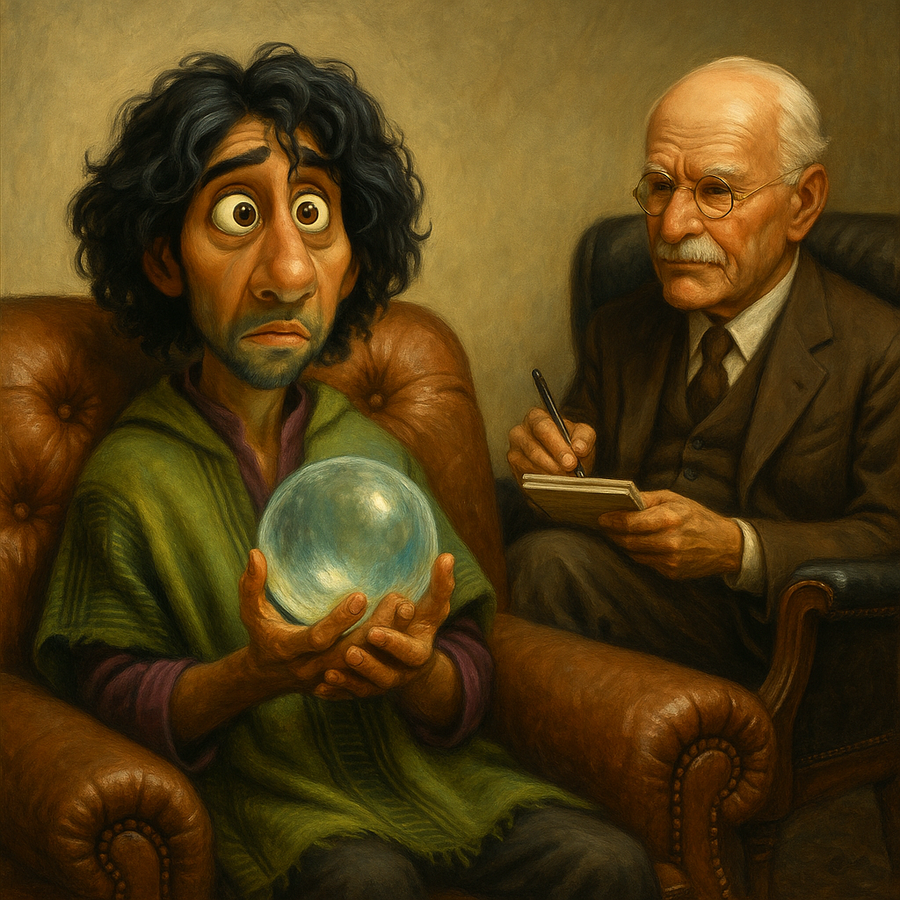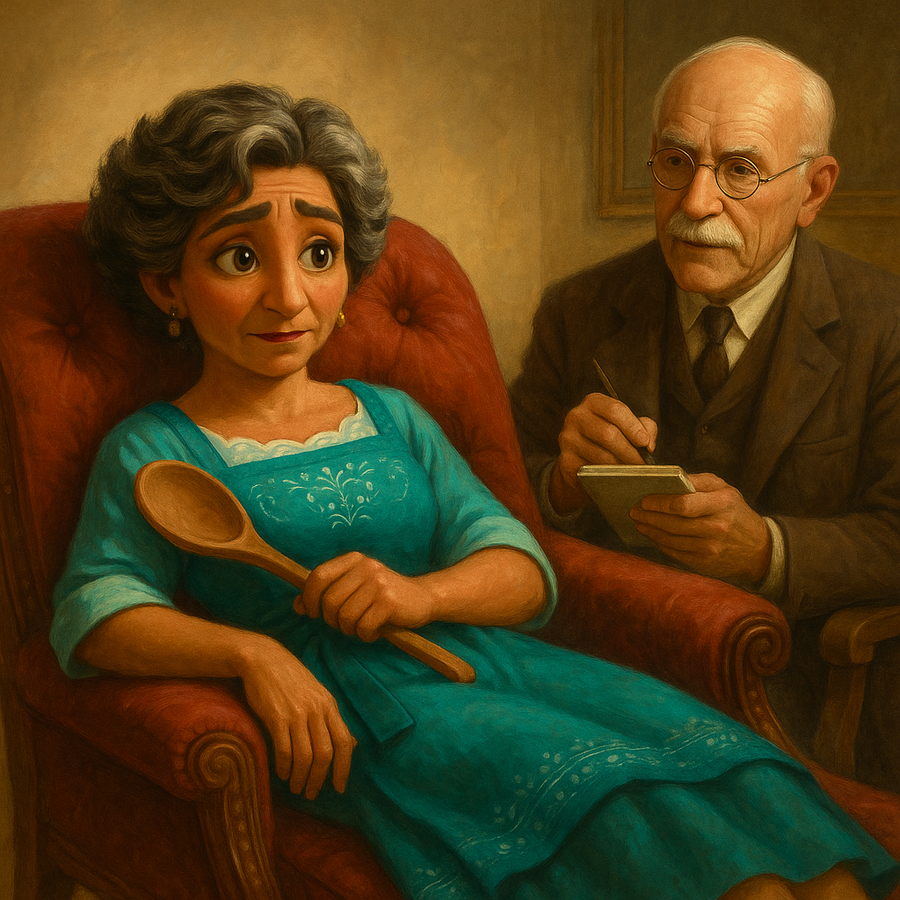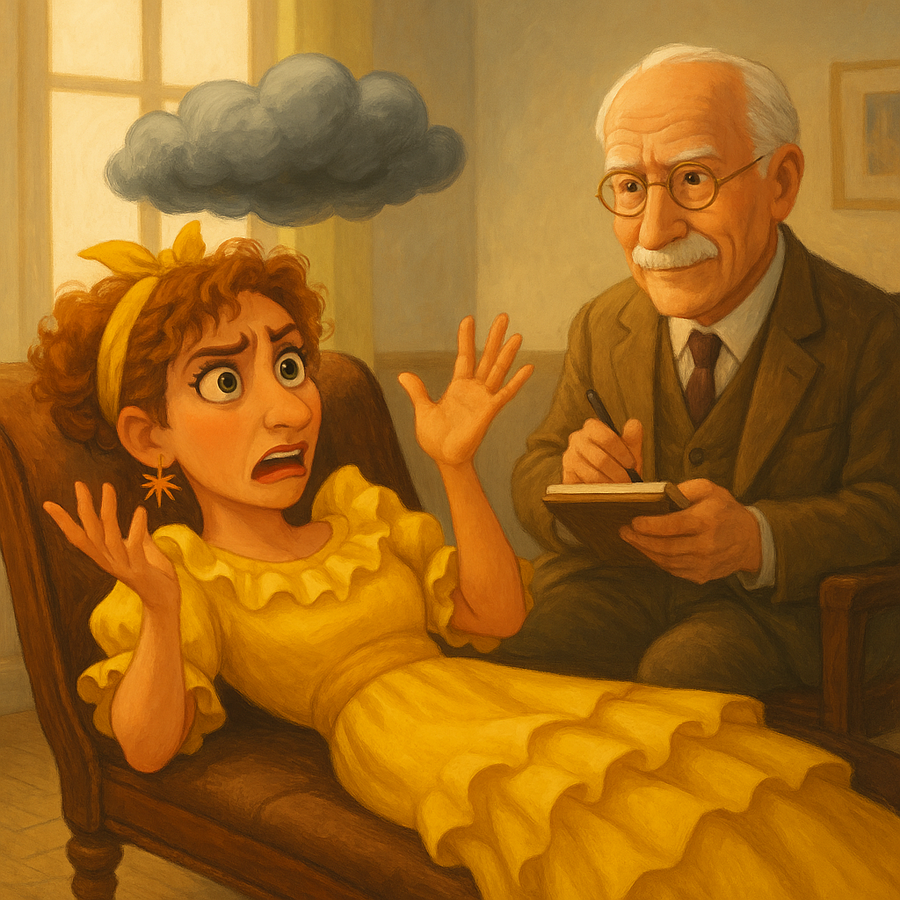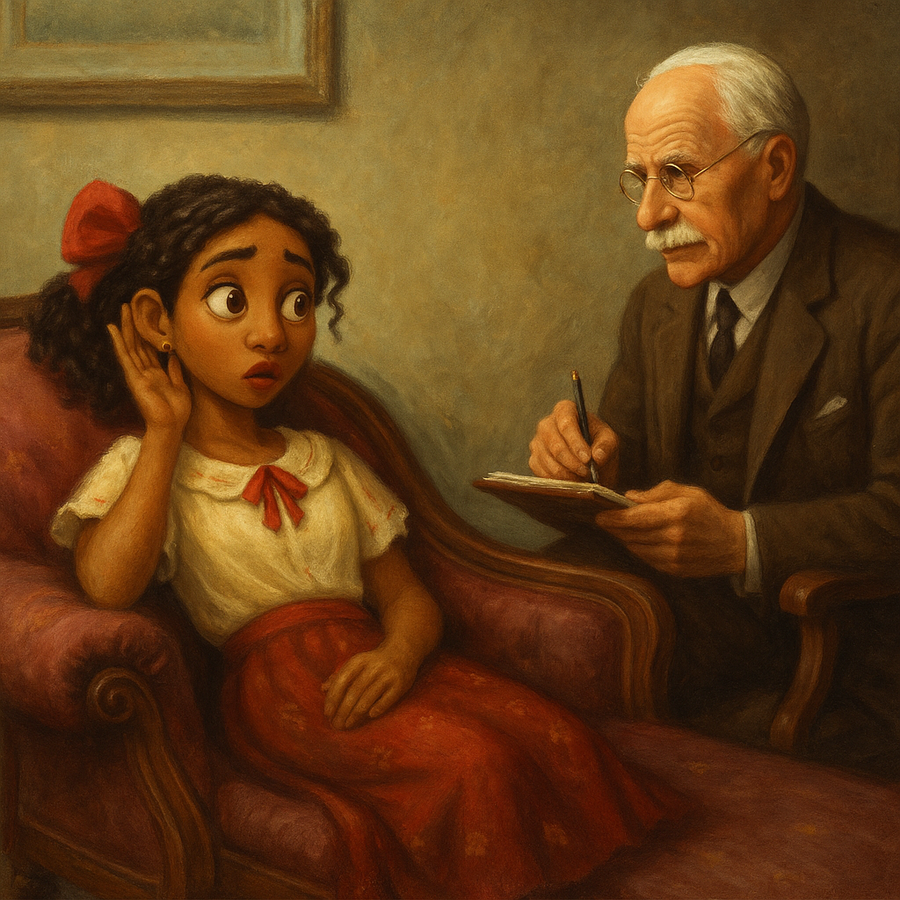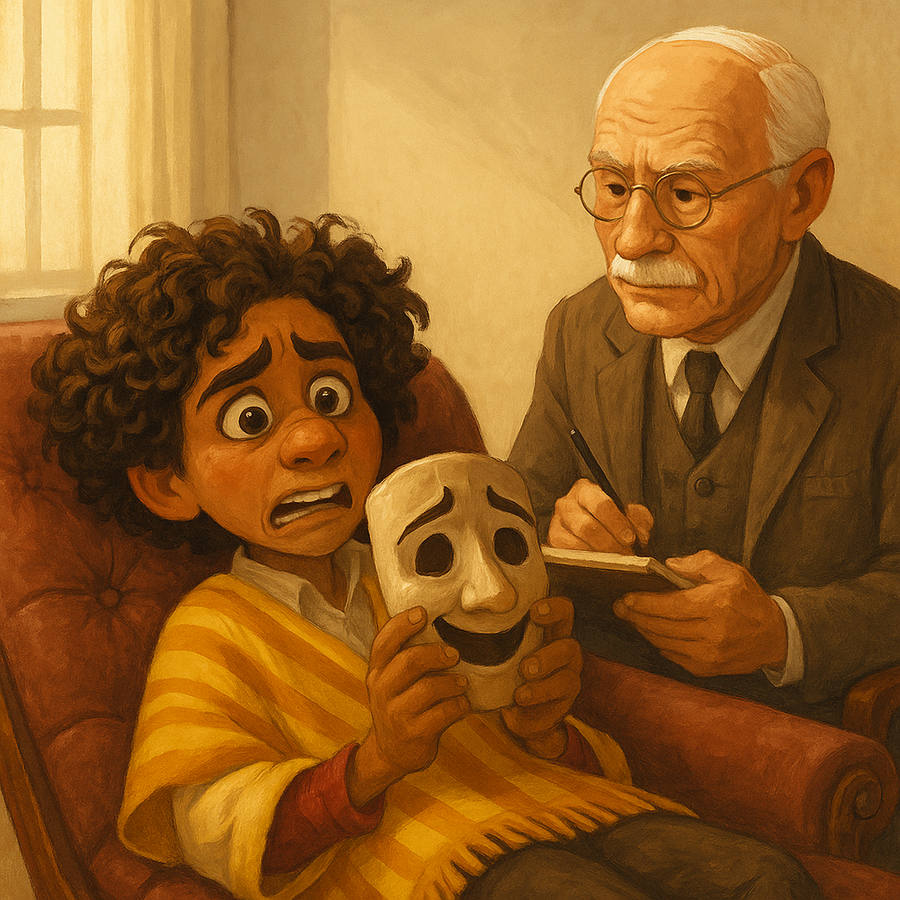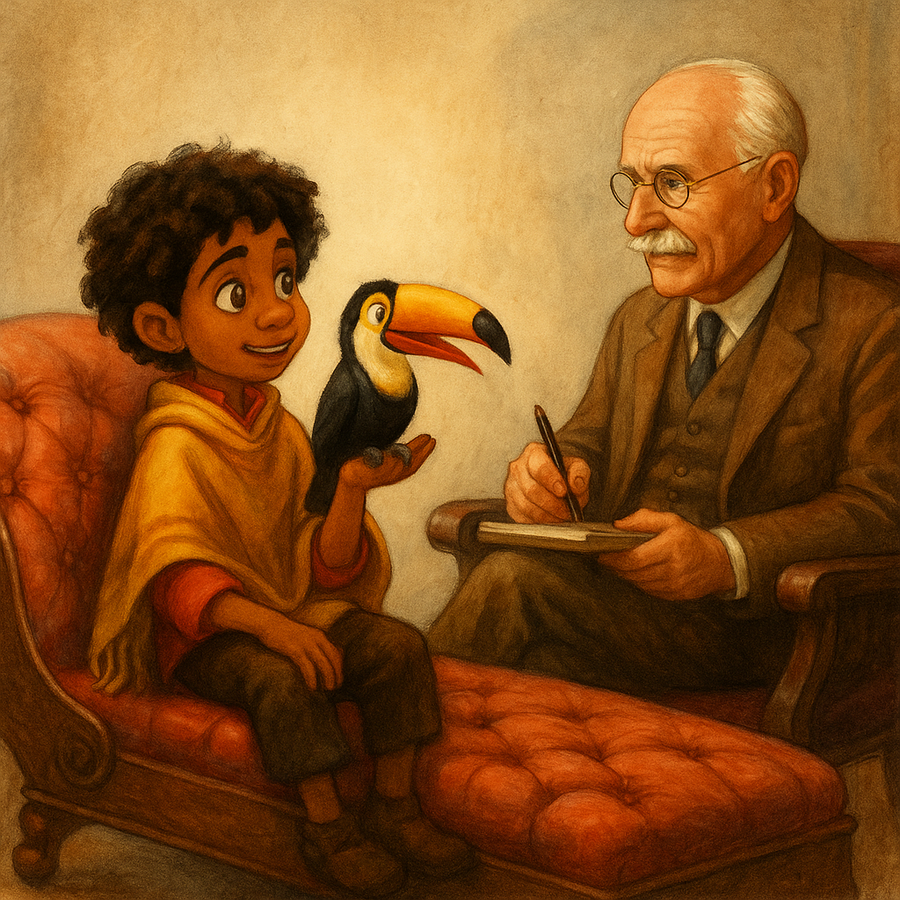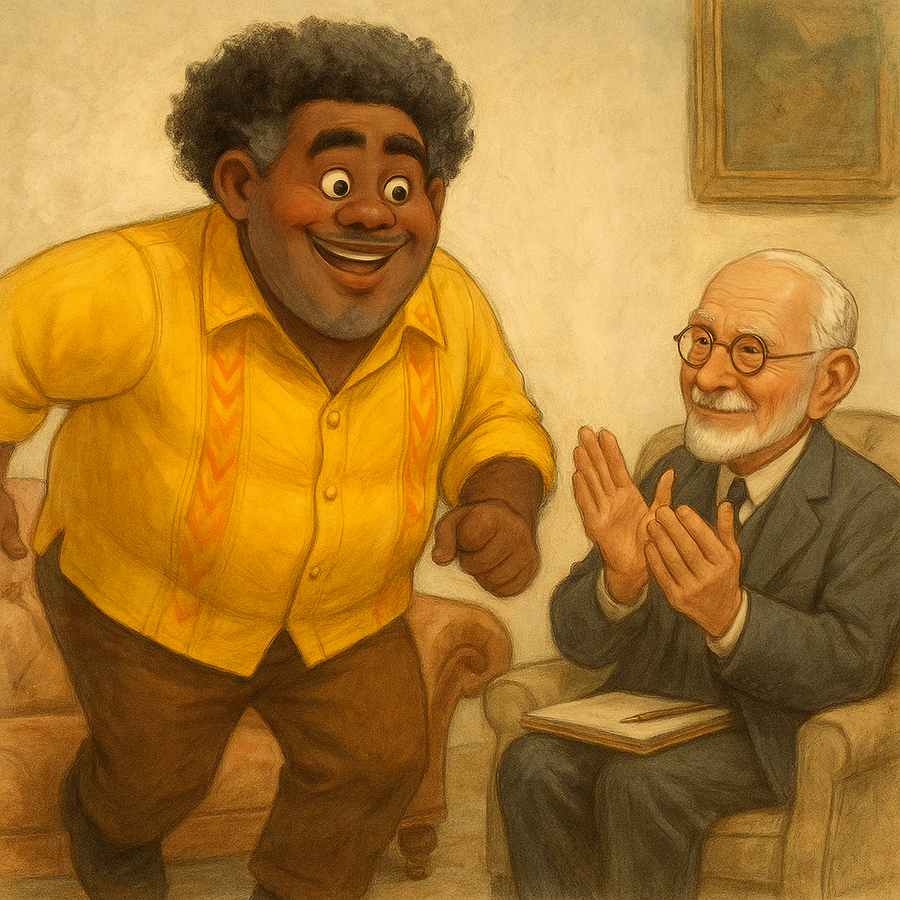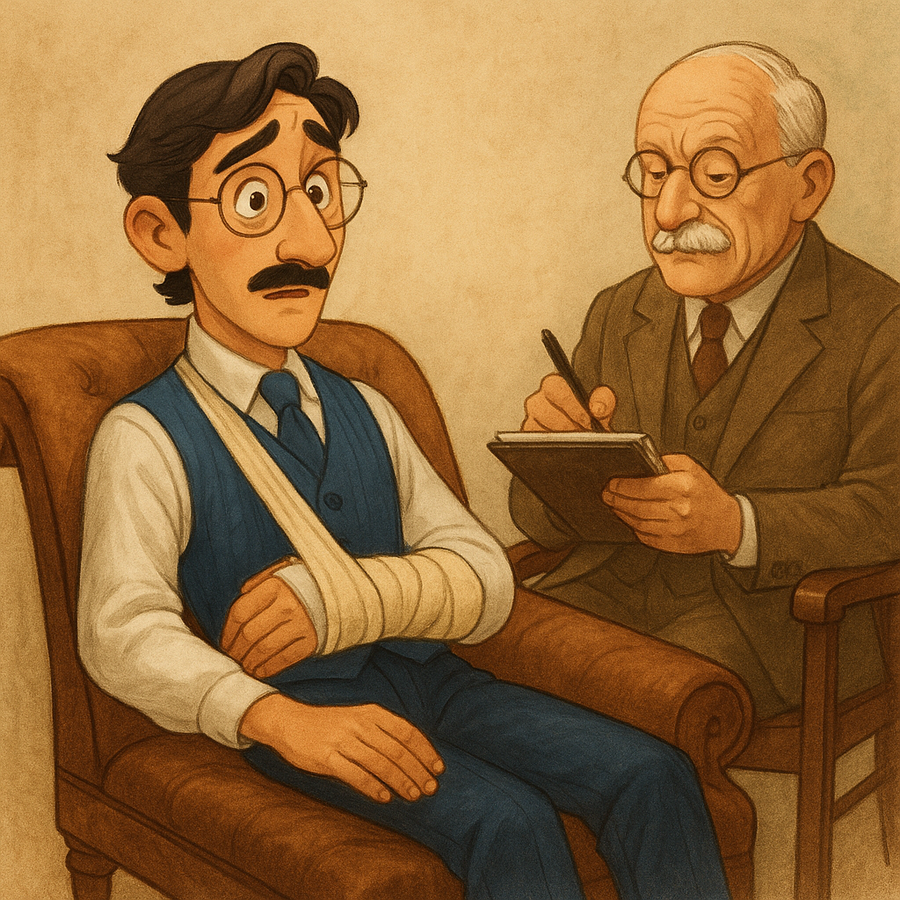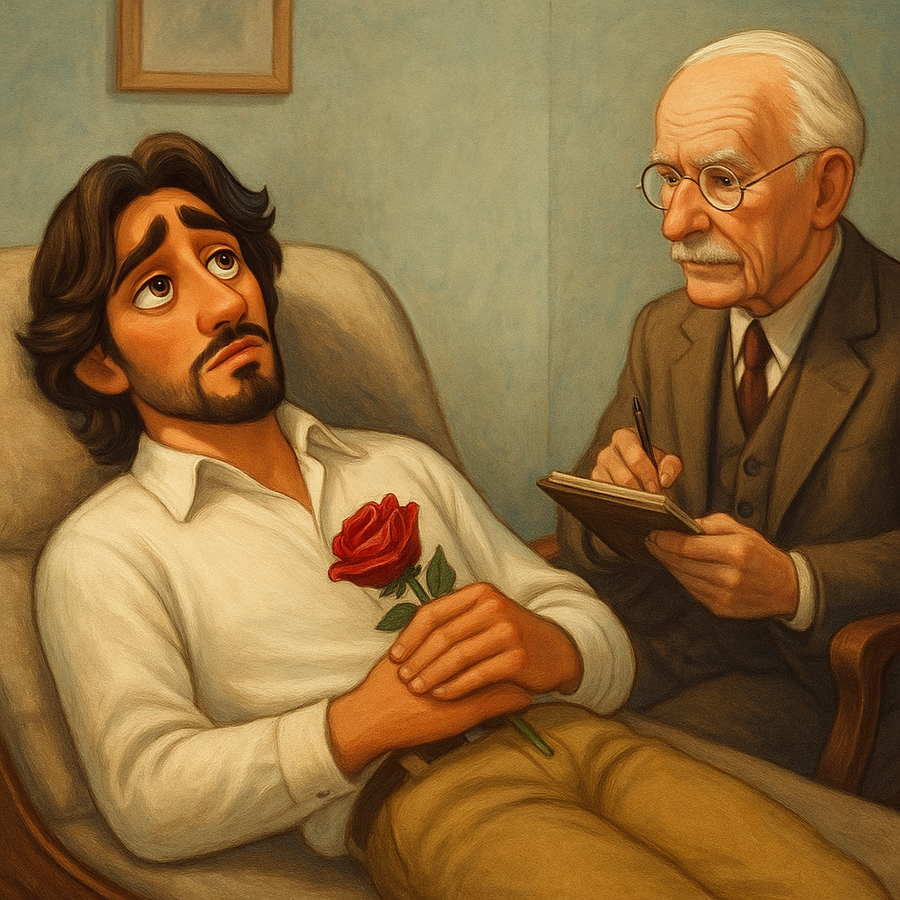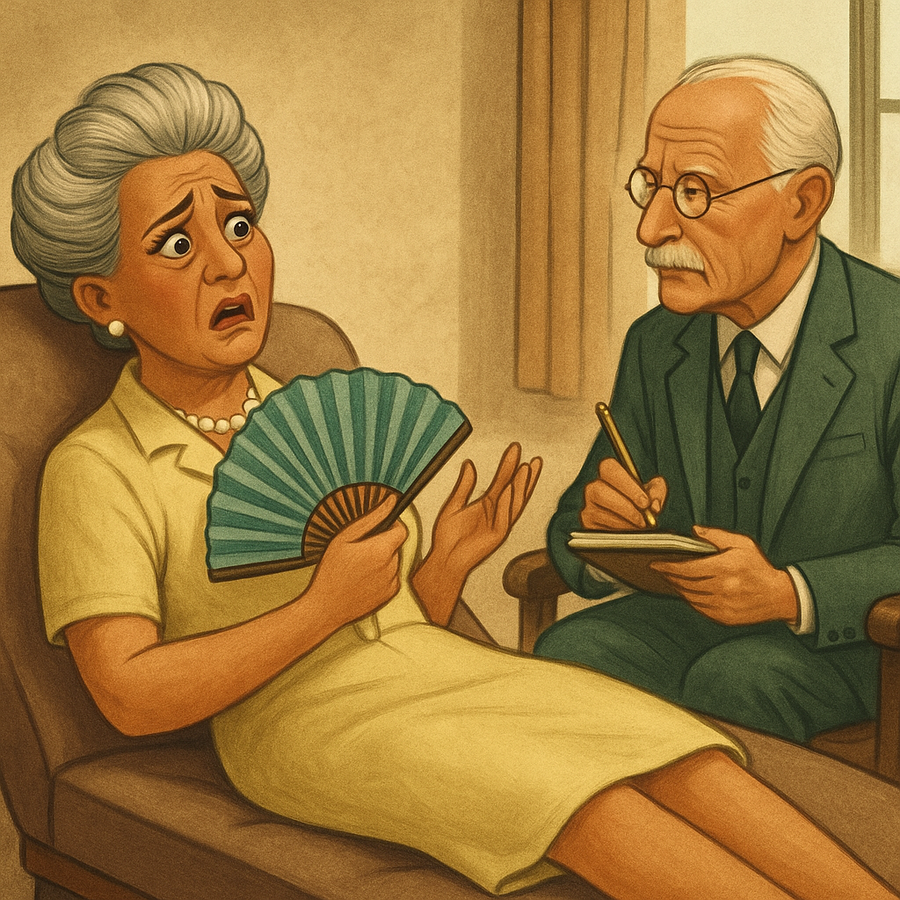Reading through these characters and their psychological echoes, many of us recognize pieces of ourselves. That’s the quiet power of archetypes: they give shape to what we often feel but cannot name. They are not labels to constrain us - but frameworks to observe how we adapted, how we coped, and how we still carry old strategies into new moments.
Modern psychology supports this: we are not one archetype. We are clusters of them - patterns learned in childhood, inherited through culture, shaped by trauma, and occasionally softened through love. In Internal Family Systems, these are our parts. In Jungian terms, they are aspects of the psyche. In family systems theory, they are roles we adopted for survival.
Growth does not come from rejecting these roles, but from recognizing them. When we bring awareness to the archetypes we inhabit—The Pleaser, The Strong One, The Invisible Child—we loosen their grip. We learn when they serve us, and when they were meant to protect us in times long gone.
The true transformation begins when we stop performing and start
integrating. When we hold our inner cast of characters with curiosity
instead of judgment. When we reclaim the authorship of our story from
the scripts we inherited.
Because we are not here to play just
one part—we are here to become whole.
ByJesper Jurcenoks
Ready to Explore Your Own Archetypes?
If you found yourself reflected in more than one of these characters,
you're not alone. Most of us carry a constellation of roles that
helped us survive—but may no longer help us thrive.
I offer
one-on-one coaching sessions where we gently explore these internal
patterns together—mapping your archetypes, uncovering your hidden
protectors, and identifying the stories that still shape your life.
Using frameworks like Jungian theory, Internal Family Systems, and
trauma-informed inquiry, we’ll work toward clarity, integration, and
self-leadership.
If you're ready to understand not just what you do but why, and how to grow beyond it—reach out.
Book a session here or contact me directlyBecause healing starts when you recognize your own story—and begin rewriting it with intention.
